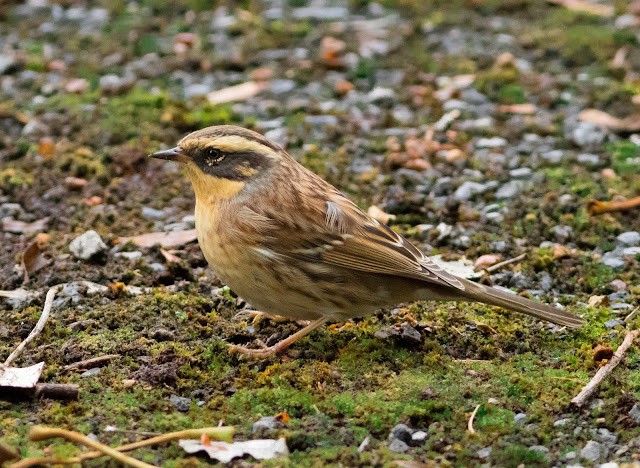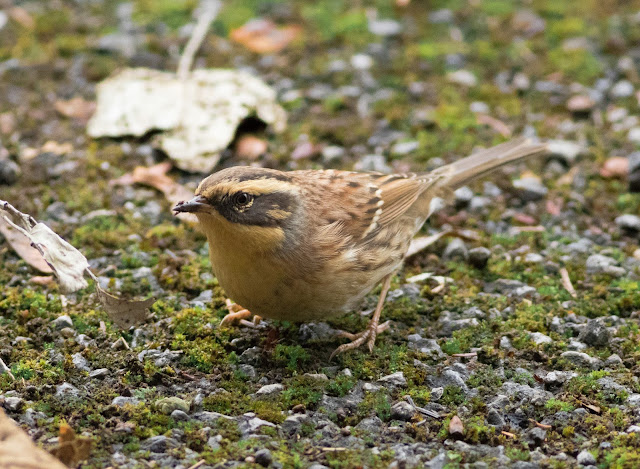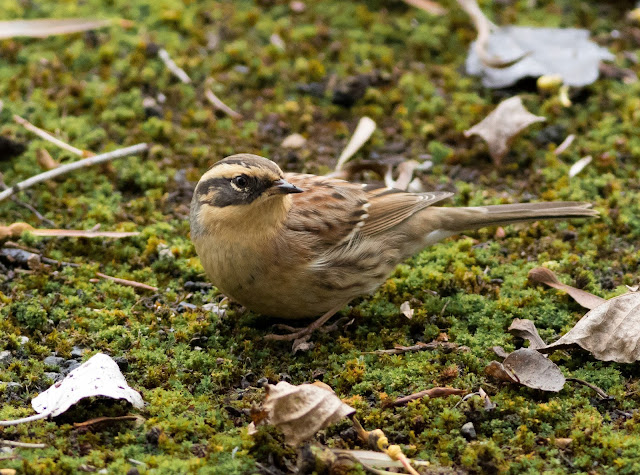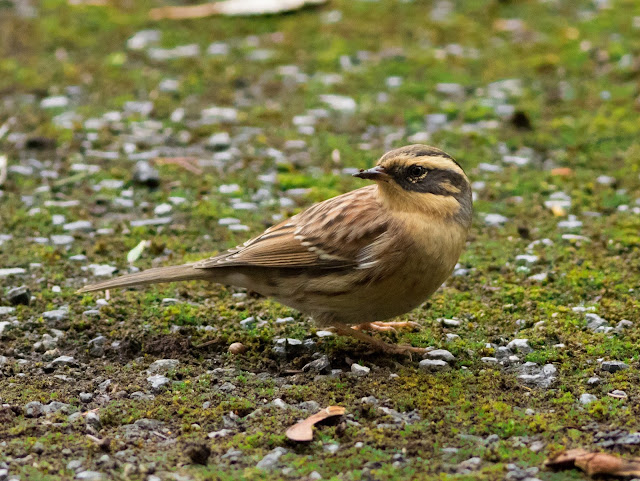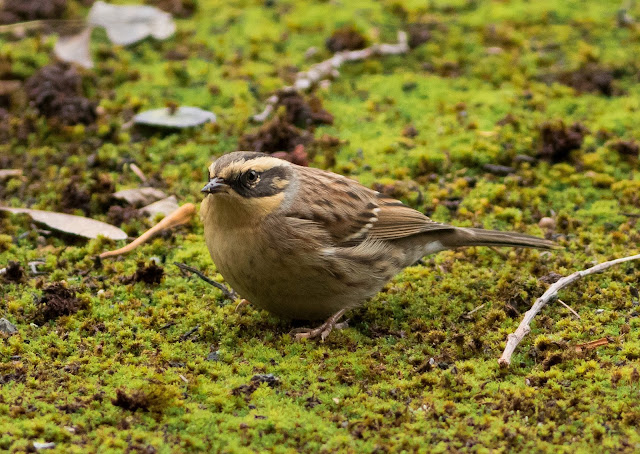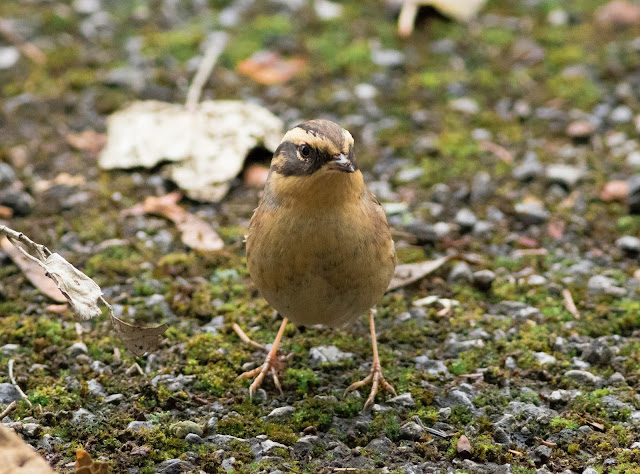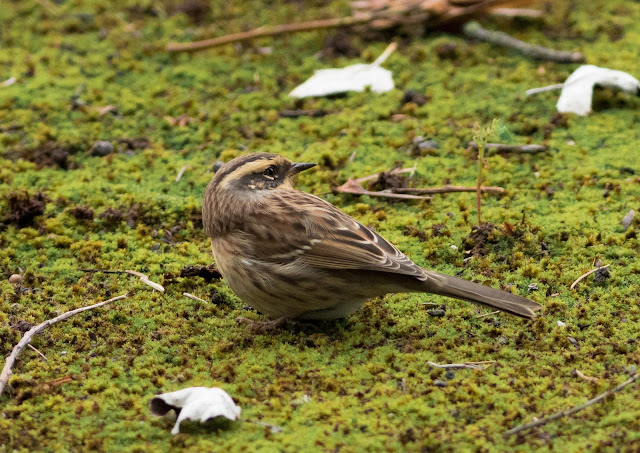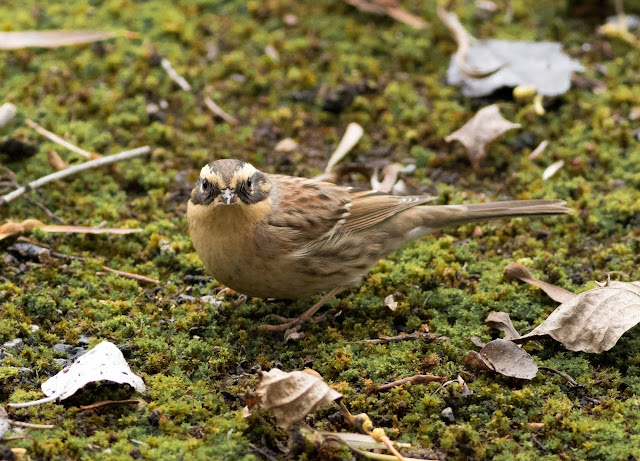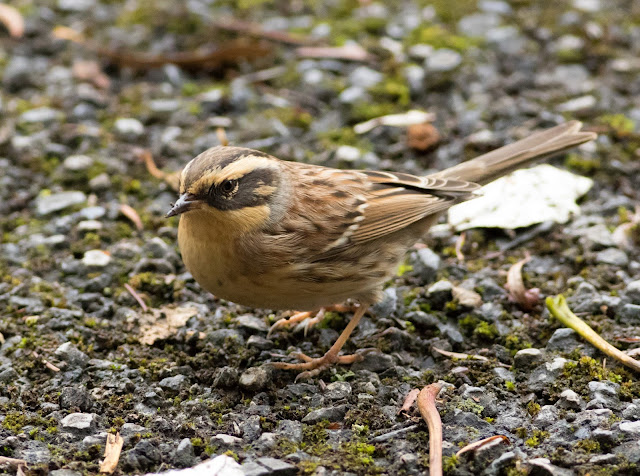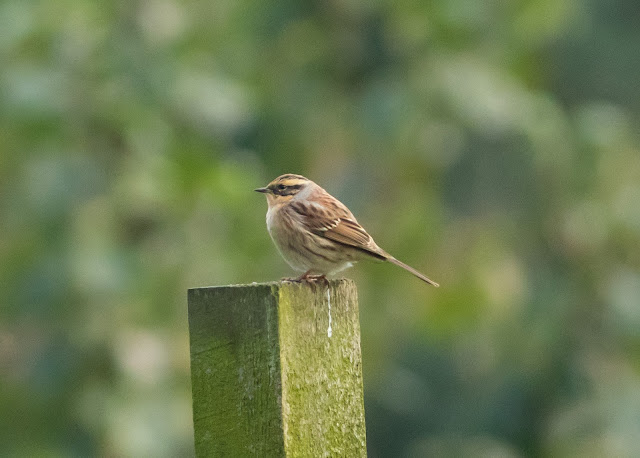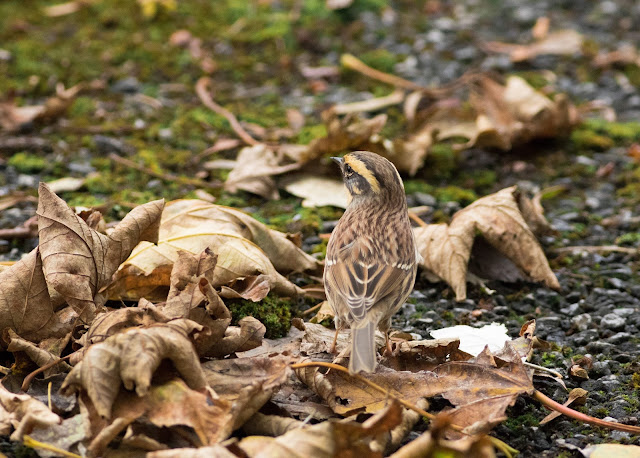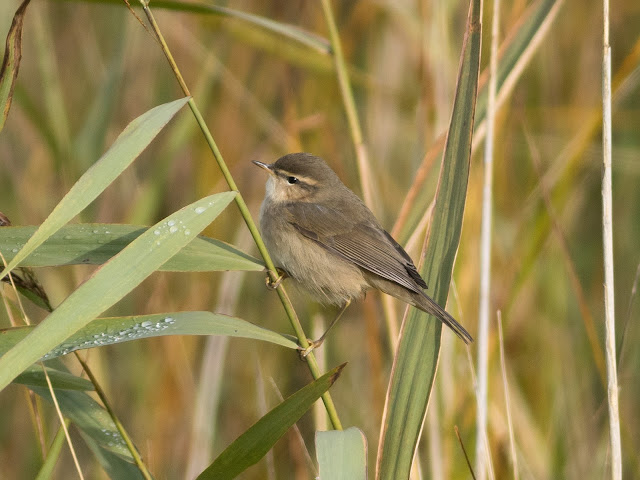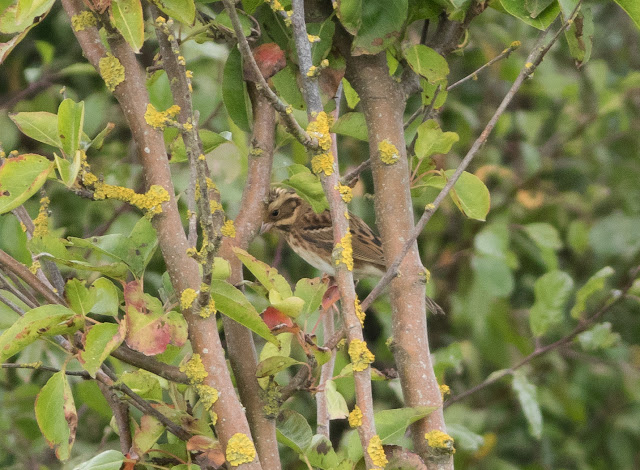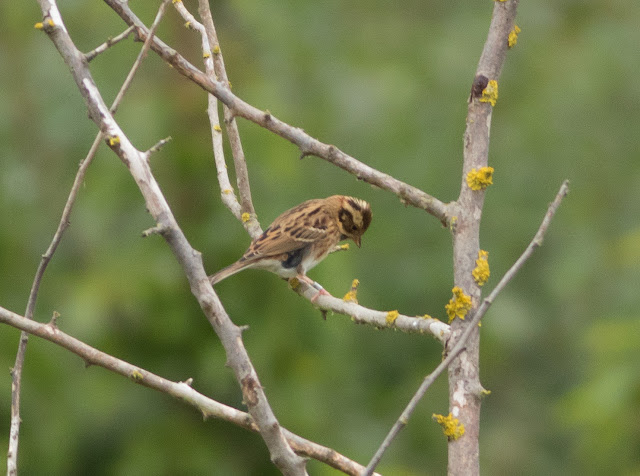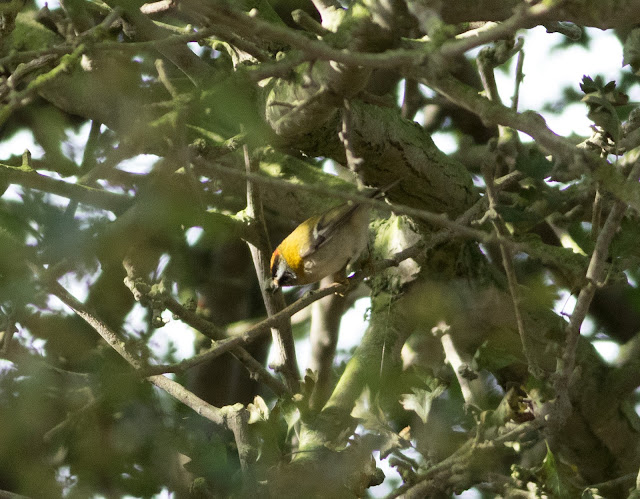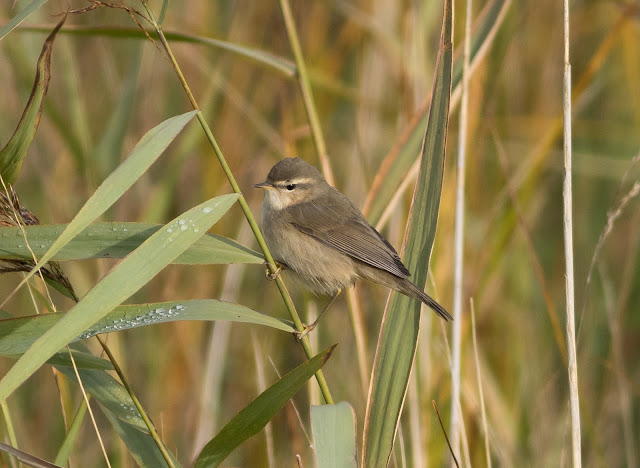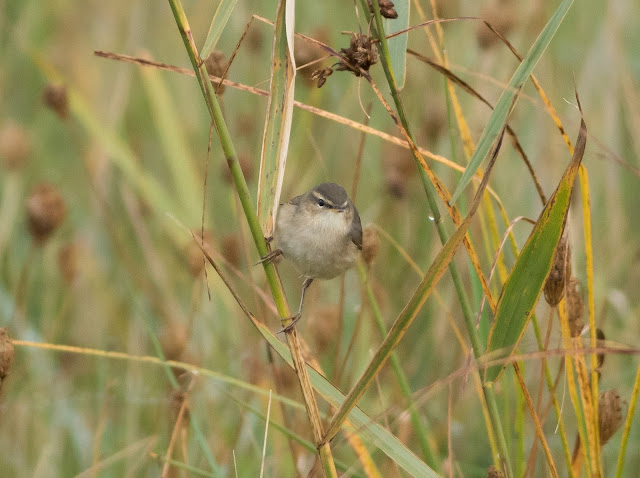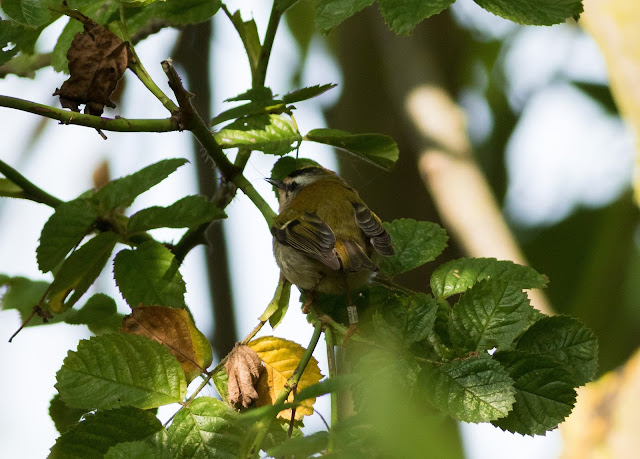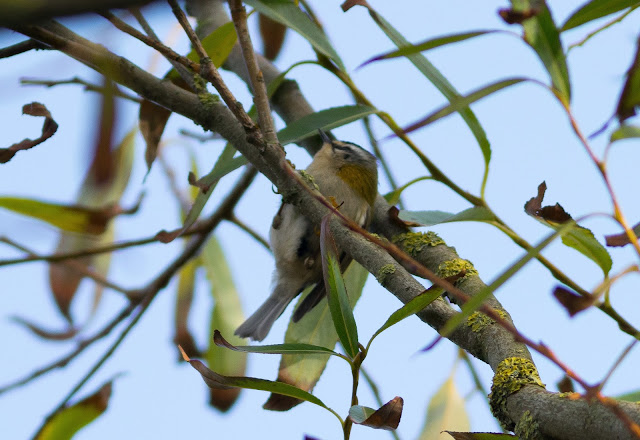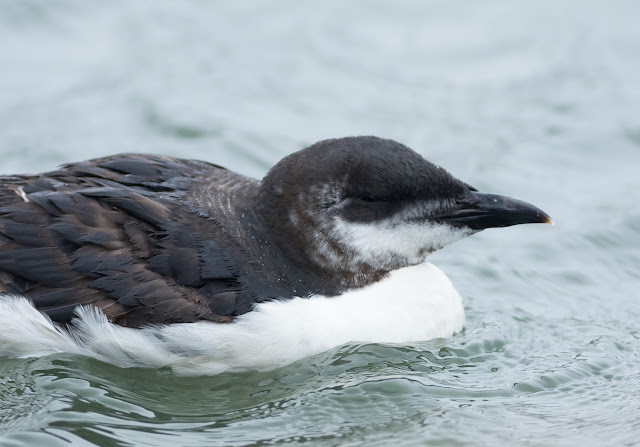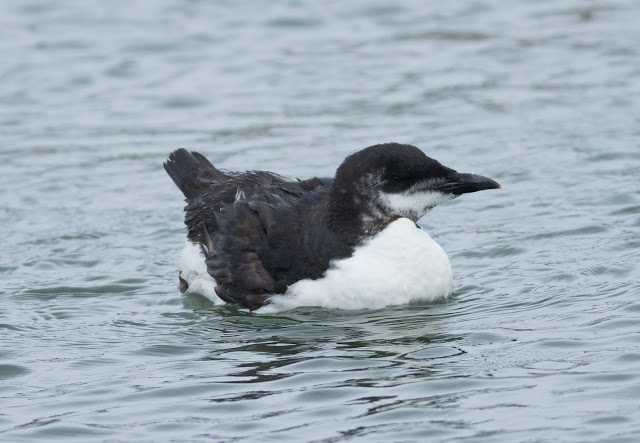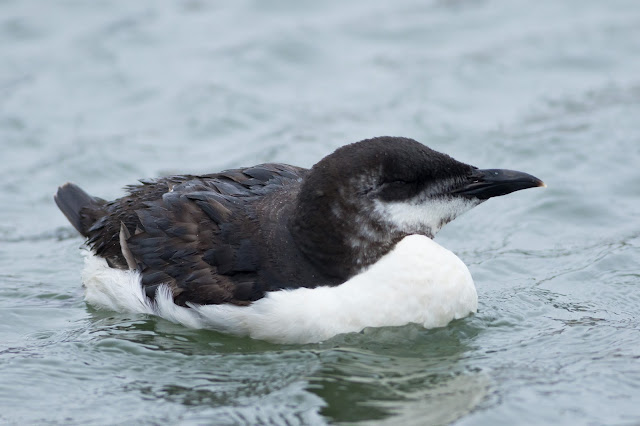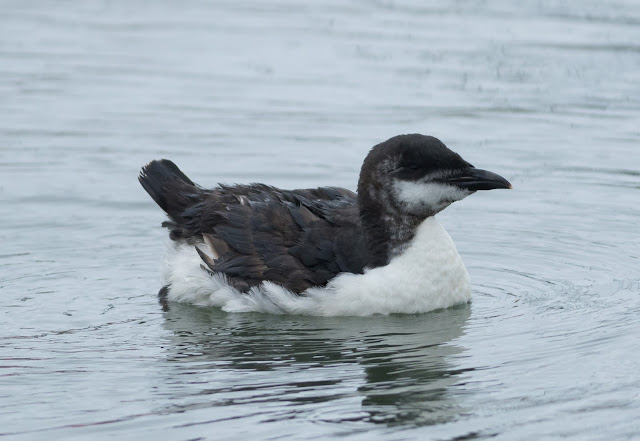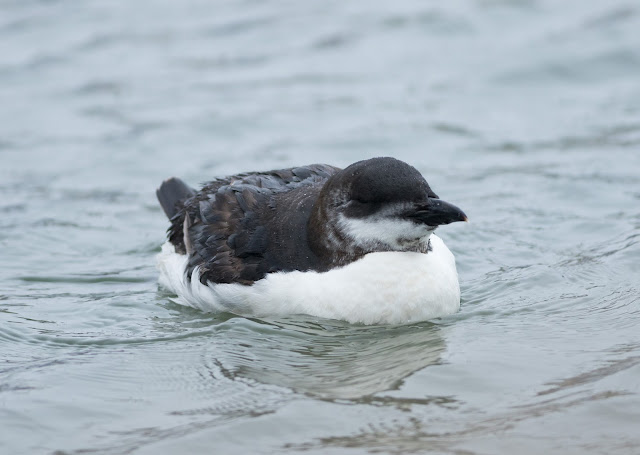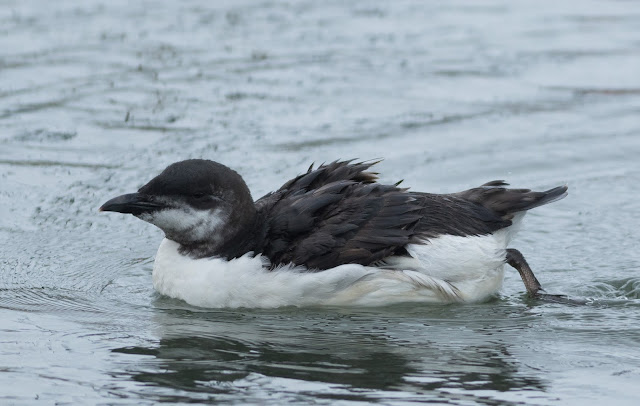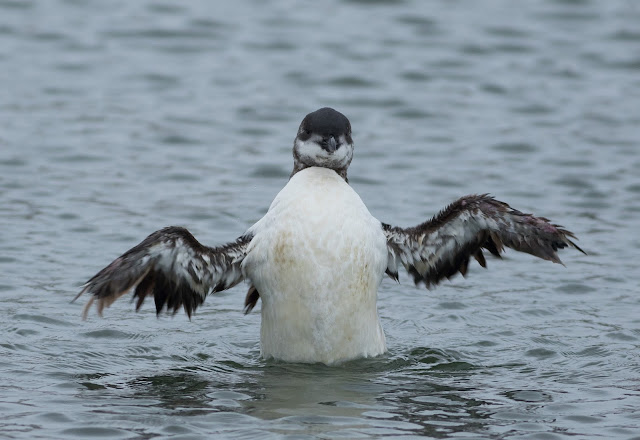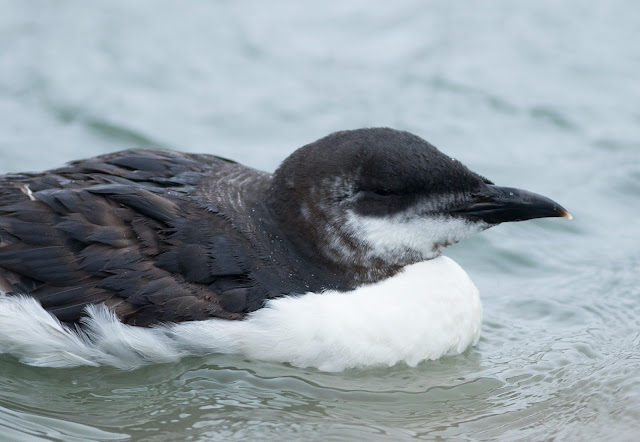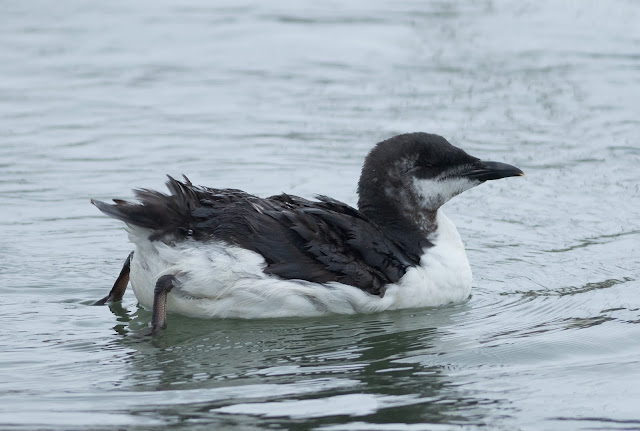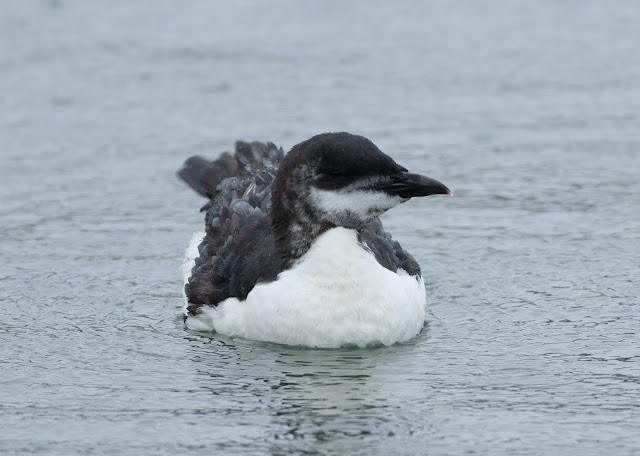Siberian Accentor in Britain – the stuff
birding dreams are made of.
There are some birds that
instantly send your mind in to absolute chaos and panic when flashing up as an
alert – Black-billed Cuckoo was one, Short-toed Eagle another (Wallcreeper I
imagine will be another should one ever alight on a south coast cliff). And so it was the case at 3pm on Thursday afternoon when “Siberian Accentor – Easington,
Yorkshire. One by the school.” popped up on my phone on the back of a mega
alert.
Hot on the heels of the first for Britain found on Shetland just 4 days earlier (which sent the entire birding community in to a spin at the time), miraculously, lightning had struck twice and a small piece of Russian gold had now made landfall on mainland Britain, making itself available for the masses to twitch and a relief for those who just don’t have the time or funding to nip off to Shetland for a day every time a good bird breaks.
Hot on the heels of the first for Britain found on Shetland just 4 days earlier (which sent the entire birding community in to a spin at the time), miraculously, lightning had struck twice and a small piece of Russian gold had now made landfall on mainland Britain, making itself available for the masses to twitch and a relief for those who just don’t have the time or funding to nip off to Shetland for a day every time a good bird breaks.
Headless chicken mode soon
ensued, along with the agonising realisation that with dusk now at around 6pm,
a plane at the very least would be required to make the 3+ hour journey to get us there before dark
after work. With the bird showing well down to a matter of feet for the rest of
the day, all we could do was sit and watch as the tear-inducing close up photos
flooded social media that evening (this bird must surely now win the award for
most photographed Siberian Accentor of all time!)
Sleepless nights followed
(including bizarre panic induced dreams consisting of Siberian Accentors being
sliced up, roasted and served on a plate?!) – and with no records of Siberian
Accentor in Britain before last week and very few in Western Europe before this
autumn, the chances of any more occurring after this year’s remarkable invasion
were very very remote indeed….
| The famous skip the Easington Siberian Accentor liked to hang out next to! |
Luckily the bird turning up on
a Thursday meant the agony of work was limited to just Friday, and we were soon
well on our way to Easington, news that it was still there making it a
much more relaxed affair than usual – with Siberian Accentors being night-time
migrants and the bird being completely settled feeding on the same drive, the likelihood
of it doing a bunk was slim.
With the dawn masses having
already been and gone, we arrived on site to just a small handful of birders
(less than 100 lined up along the fence) and we were soon gazing at this part
of British birding history – one Siberian Accentor happily feeding amongst the
gravel and leaves on someone’s drive right in front of us.
Surreal.
With the stress of seeing the
bird now lifted, we could truly enjoy this Siberian wonder, and we watched on
for around 45 minutes as it bumbled around in front of us, often coming to
within 3 metres and providing out of this world views of what can be a
difficult species to see anywhere in the world (never mind Britain!), completely oblivious to the
absolute fuss and excitement its arrival had caused on the British birding
scene.
Occasionally associating with
one of the many Dunnocks also feeding on the drive, the difference between the
two species was clear, the Siberian Accentor having its face dusted with gold
and looking particularly smart wearing its tiny black and gold mask. An
exceptionally classy looking bird and a very special visitor indeed.
| The Siberian Accentor and Dunnock together |
 |
| The gorgeous head stripe patterns! |
 |
| Monday's Birdguides reports - I didn't think we'd ever see the day that three separate British Siberian Accentors were all reported within minutes of each other!! |
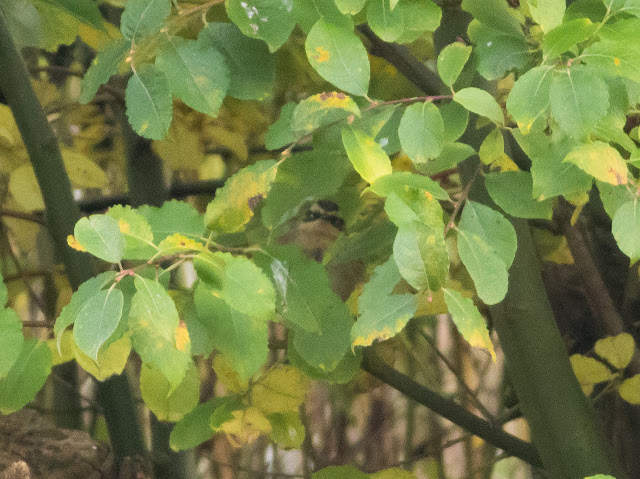 |
| Peekaboo - Siberian Accentor trying to hide... |
 |
| The high pressure system over Scandinavia and easterly winds from Russia that are likely to have brought the Siberian Accentor influx to Britain |
Alex's great little video of the Accentor happily feeding away
With no telling as to whether
an influx of Siberian Accentors on this scale will ever happen again, it may
well be the case that certainly in my life time at least, these golden Dunnocks
may not grace British shores again. A truly special bird (and possibly one of
the most awe-inducing I’ve seen in Britain) I for one am exceptionally glad
that we, along with thousands of other birders, got to witness this little
piece of golden birding history. Siberian magic indeed.
